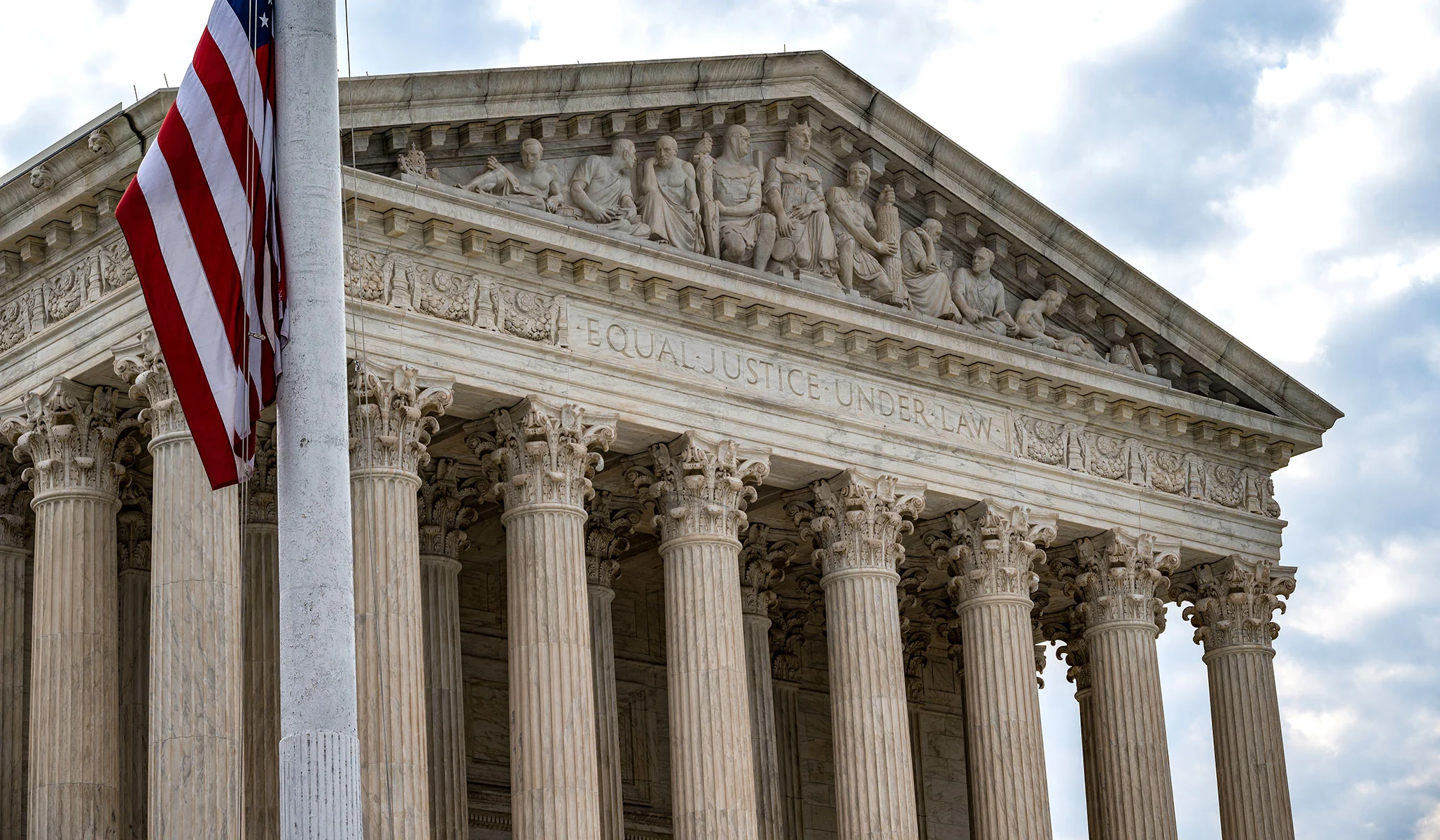The Supreme Court has recently made decisions that highlight its stance on racial discrimination, particularly when it is mandated by Congress. In two cases, Allen v. Milligan and Haaland v. Brackeen, the Court ruled in favor of laws that draw racial distinctions. The Allen decision required Alabama to create segregated congressional districts for black voters, while the Haaland decision upheld a congressional statute that prioritizes Native-American parents for the adoption of Native-American children. Chief Justice John Roberts and Justice Brett Kavanaugh joined the majority in both cases, along with the Court’s three liberals. Justices Clarence Thomas and Samuel Alito dissented in both cases.
The upcoming challenges to racial preferences in college admissions will shed light on when the government can openly discriminate based on race. Currently, the Court appears to be more deferential when Congress is responsible for such discrimination. This may not bode well for colleges, as they are being accused of violating the federal Civil Rights Act and the Constitution.
The Haaland decision raises questions not only about race but also about nationalism. While the American creed promotes equality regardless of race, many nations view themselves as communities with a common history and language. Preserving the cultural and historical identity of these communities is seen as crucial to their survival. The Indian Child Welfare Act (ICWA), which was upheld in Haaland, recognizes the nationalist claim of Native-American tribes to preserve their identity in the face of American individualism. The ICWA gives preference to Native-American adoptive parents and aims to prevent the removal of Native-American children from tribal life.
The ICWA’s adoption-privilege provisions have consequences for both Native Americans and non-Native Americans. In some cases, the preferences outlined in the ICWA can override the wishes of the child’s biological parents. For example, in the Brackeen case, the adoptive parents had the support of the child’s Native-American parents and grandmother, but the Navajo and Cherokee Nations opposed the adoption. The Ysleta del Sur Pueblos objected to the adoption in the Hernandez case, even though the child’s non-Native mother and Native-American biological father supported it.
The non-Native adoptive parents argued that the ICWA’s racial preferences violated the equal protection clause. However, the Court did not address this issue directly, as the lawsuits did not name the state courts and agencies responsible for implementing the adoption rules as defendants. Justice Neil Gorsuch, joined by Justices Sonia Sotomayor and Ketanji Brown Jackson, supported the ICWA’s tribalist approach, emphasizing the historical mistreatment of Native-American families. Justice Brett Kavanaugh expressed concern about the equal protection issue, while Justice Samuel Alito argued that Congress does not have the power to sacrifice the best interests of children for the sake of tribal membership.
The Court also grappled with the limits of federal power in the context of Native-American affairs. The adoptive parents and the State of Texas argued that Congress overstepped its authority by regulating Native-American adoptions and commandeering state courts and agencies. Justice Amy Coney Barrett acknowledged that Congress has broad power over Indian affairs, but emphasized that this power must derive from the Constitution. Justices Thomas and Alito expressed skepticism about the constitutional basis for Congress’s plenary power over Indian affairs.
Regarding the commandeering of states, the Court concluded that legislation that applies “evenhandedly” to state and private actors typically does not implicate the Tenth Amendment. Barrett argued that state courts are required to apply federal law when it displaces state law, making it difficult to make an anti-commandeering argument in this context.
In summary, the Haaland decision upholds a race-conscious federal policy aimed at preserving Native-American tribes. However, the use of race in college admissions presents different challenges. The Court’s upcoming decisions on this issue will provide further insights into its stance on racial preferences.

